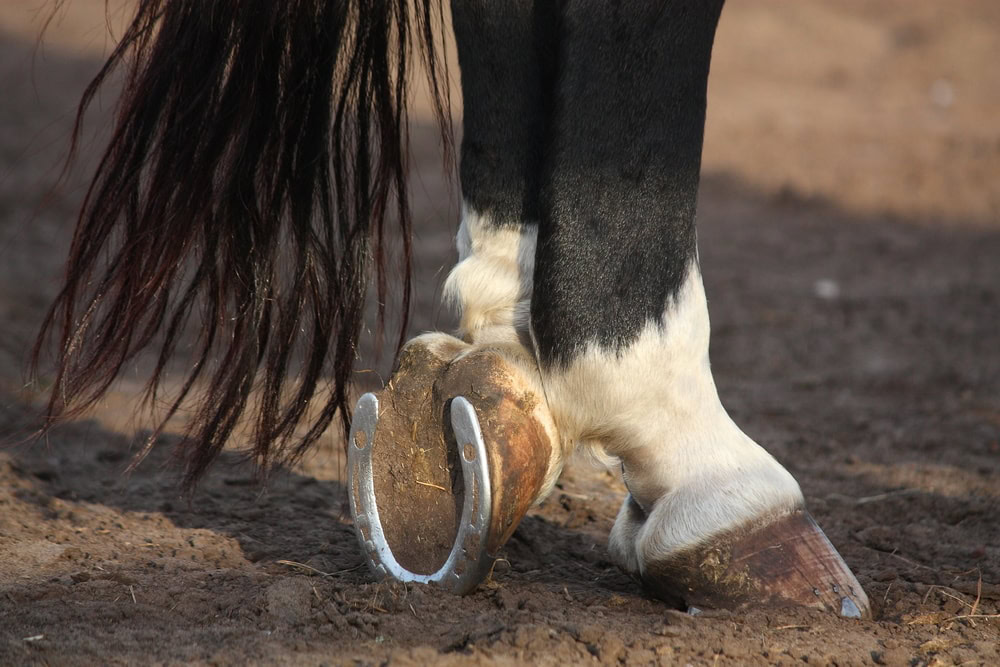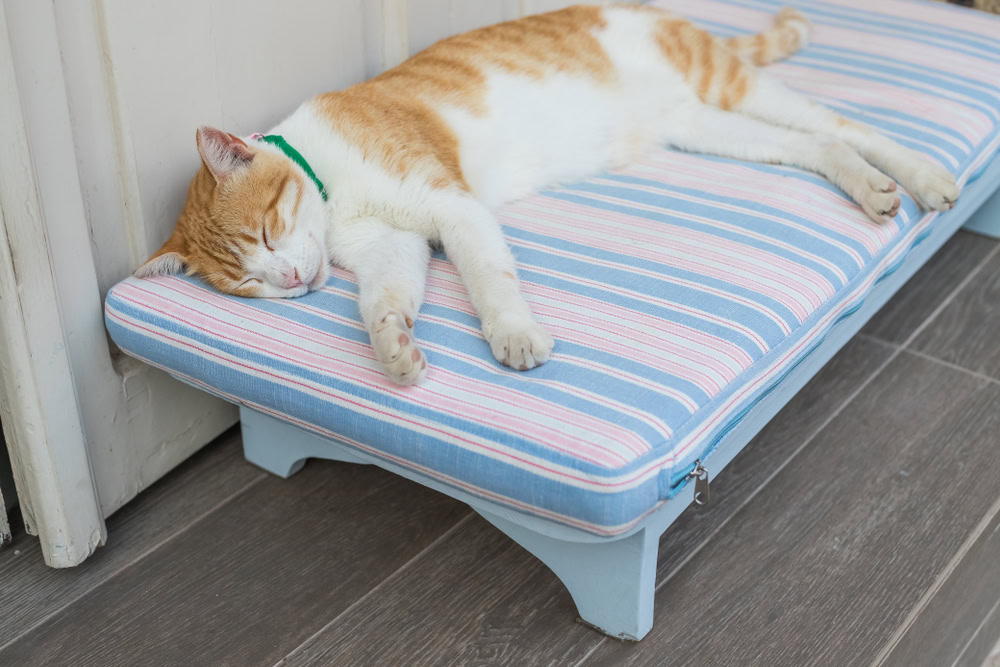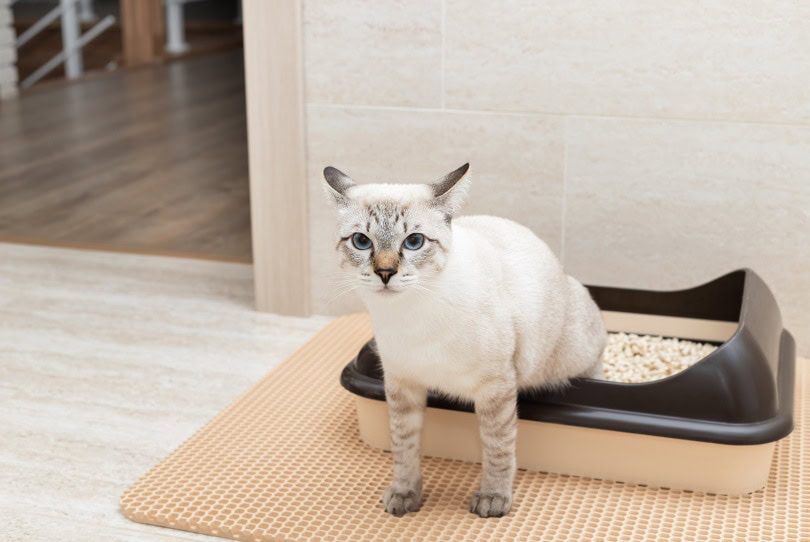Click to Skip Ahead
It’s no secret that horses are incredible yet expensive family members. Not only do you need to buy or rent living space, manage the space, purchase riding equipment, and provide for their nutritional needs, but there are also vet and farrier fees to factor in.
Shoeing—a procedure involving the placement and replacement of shoes on a horse’s feet— is a typical expense for horse owners, and it can cost over $130 to shoe all four hooves. Let’s explore this further.

The Importance of Shoeing a Horse
Not everyone chooses to have their horse shod. The general consensus is that it depends on what the individual horse needs, but most owners do so because horseshoes help protect and fortify the hooves, particularly against rough or rugged terrain and wet weather conditions that could weaken and possibly injure the hooves and feet.
Moreover, some owners get their horses shod because shoes can improve their balance and stability, offer more grip, and provide more comfort and protection for horses participating in sporting events. Shoes are sometimes necessary due to a medical condition like laminitis.
Whatever the reason for shoeing a horse, horses need to have their shoes replaced pretty frequently.
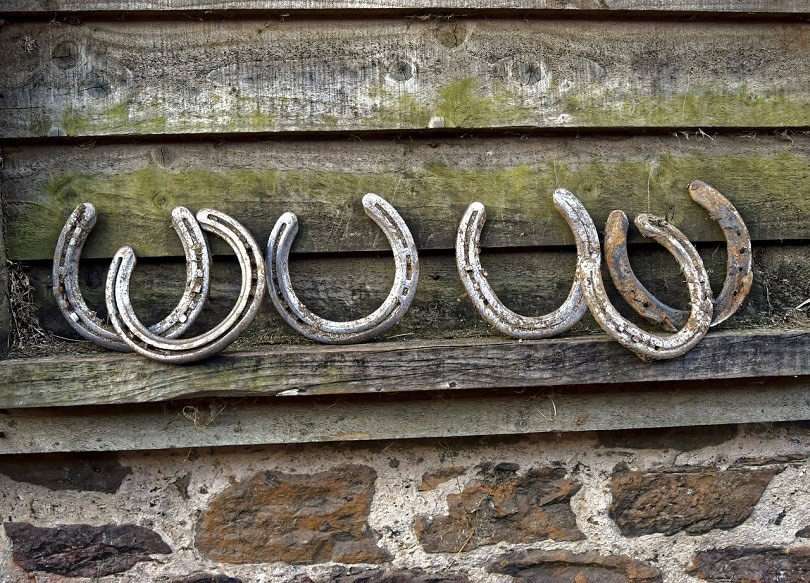
How Much Does Shoeing a Horse Cost?
For those who get their horses shod, there are two expenses to take into account: the one-time fee and the long-term costs. It’s important to replace horseshoes frequently, whether or not the horse has grown out of them (more on this below), which is why the long-term cost can amount to quite a lot.
To give you an idea of how much shoeing costs, below are the average national farrier charges for keg shoes (horseshoes that are machine-made rather than hand-forged) based on information from the American Farriers Journal’s 2017 report. However, it’s important to note that the charge depends on the farrier and any additional services or surcharges they may include in their fees.
If you’re in an area with higher living costs, you can probably expect to pay a higher fee for your farrier’s services.
| Service | Full-Time Farrier National Charge | Part-Time Farrier National Charge |
| Trim & nailing (4 keg shoes) | $131.46 | $94.49 |
| Resetting keg shoes | $125.52 | Not mentioned |
| Trim only | $43.13 | $37.22 |

Additional Costs to Anticipate
The previous prices are based on typical costs for keg shoe (machine-made shoes) placement and resetting. Farriers are skilled craftspeople who can forge handmade shoes tailored to a horse’s individual needs. If you go for 100% custom-made shoes, it seems reasonable that you can expect the cost to be higher than it would be for keg shoes.
Furthermore, some farriers charge extra for traveling, especially if they travel further than usual. According to the 2020 American Farriers Journal Business Practices survey, farriers charge an average of $5.53 per shoe for clips, while the average cost for trailers is $4.72. Rockered or square-toe shoes cost approximately $6.23, whereas general forge work costs around $24.37 an hour.
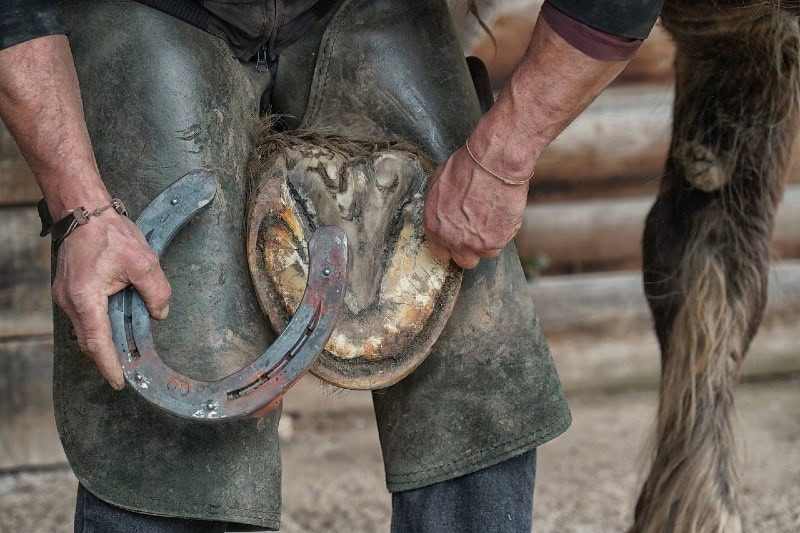
How Often Should I Shoe My Horse?
Horses that wear shoes need to be re-shod approximately every 6 weeks, but it depends on the horse; some horses’ hooves grow faster than others, and some horseshoes wear down quicker than others. It’s best to check with your farrier and vet to determine how often would be best for your horse’s individual needs.
Sometimes, horses need to be re-shod sooner due to issues like overgrowth, a loose or fallen-off shoe, twisted shoes, and problems with the shoe nails (i.e., nails that stick out). Since horses need to be re-shod regularly, many owners pay hundreds of dollars per year at a minimum for horseshoeing.
Does Pet Insurance Cover Horse Shoeing?
We haven’t found any sources suggesting that pet insurance plans cover shoeing. Some policies may cover shoeing if, for example, a veterinarian deems it medically necessary. But this isn’t guaranteed, so it’s best to ask your insurance provider for more information on what they do and do not cover.
Horse insurance plans typically cover you against various situations like the treatment of medical issues, surgical procedures, accidents, and theft. Every insurance provider has its own policies, which can vary greatly, and there are often exclusions. Elective procedures are commonly excluded from coverage, and shoeing might be considered an elective procedure.
What to Do for Your Horse’s Hooves Between Shoeing Procedures
Hoof and foot maintenance is crucial for ensuring your horse stays happy, healthy, and active. In addition to making sure your horse gets their shoes replaced on schedule, there are several ways you can keep their hooves and feet in good condition between “shoeings.”
One of the most important factors in hoof and foot care is ensuring your horse’s bedding is always clean and dry because dirty or wet bedding can cause bacterial infections like thrush. Thrush can cause swelling in the hoof and foot area, pain when pressure is applied, and a black discharge to ooze out of the area.
Other ways to keep your horse’s hooves and feet healthy include:
- Making sure their shoes are the right fit
- Frequently checking to ensure there aren’t any issues with the shoes (i.e., coming loose, punctured soles, etc.)
- Picking out the hooves daily and checking for infections or injuries

Conclusion
In conclusion, fully shoeing a horse typically costs between $100 and $150, but this figure can increase based on various factors like the individual farrier’s rate, having shoes custom-made, location, travel fees, and any special needs your horse has. You can also expect to pay more for extras like clips and trailers. If you’re concerned about your horse’s shoes, please consult your farrier or a vet for advice.
Featured Image Credit: Anastasija Popova, Shutterstock
